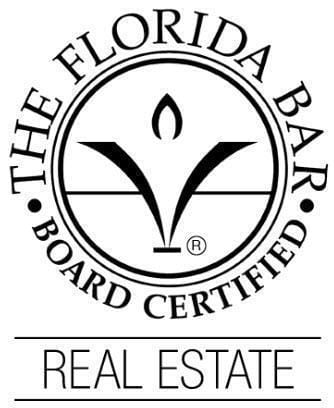Investing in real estate is a big move. One of the most important elements of any transaction is the title search. By properly conducting a thorough title search, you can uncover potential issues or liabilities associated with a property’s ownership, better ensuring a smooth and secure transfer of title during the transaction.
Before conducting a title search, it is important to understand how to perform it effectively. These steps will help guide you through the process and better ensure that you uncover any potential issues or liabilities associated with a property’s ownership.
Obtain property information
Getting all the information about the property, such as its legal description, address and parcel number, is the first crucial step. This information can usually be obtained from the county assessor’s office or through online databases. It’s essential to ensure that you have accurate and up-to-date details to begin your title search effectively.
Search public records
This is a very important step, as it allows you to uncover any recorded documents or encumbrances that may affect the property’s title. Public records typically include deeds, mortgages, liens, easements and other legal documents that provide valuable information about the property’s ownership history and any potential issues.
Establish the chain of title
The chain of title traces back through the property’s ownership history to ensure there are no breaks or inconsistencies in the transfer of title. By examining deeds, mortgages and other relevant documents, you can verify the succession of ownership and identify any discrepancies or gaps that may indicate potential problems with the title.
Review for liens and encumbrances
Liens and encumbrances can significantly impact the transfer of property ownership. These can include unpaid taxes, mortgages, easements or restrictions that could limit the property’s use or value. Identifying and addressing these issues upfront is essential to avoid complications during the transaction process.
Clear all title defects
This step involves dealing with all identified title defects to ensure a clean title. Clearing these defects will provide assurance that the property’s title is free and clear, facilitating a smooth transfer of ownership.
By diligently conducting a title search process according to these essential steps, you can mitigate risks and help ensure a smooth real estate transaction. You may want to consider legal counsel to assist with any complex issues that arise during the title search process.




